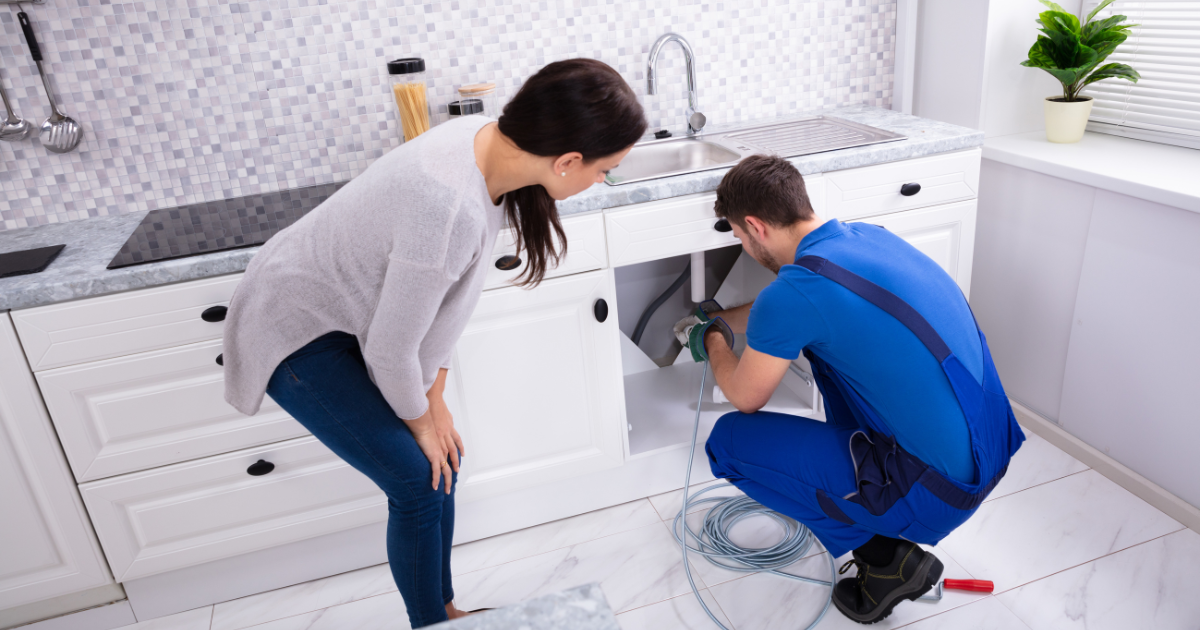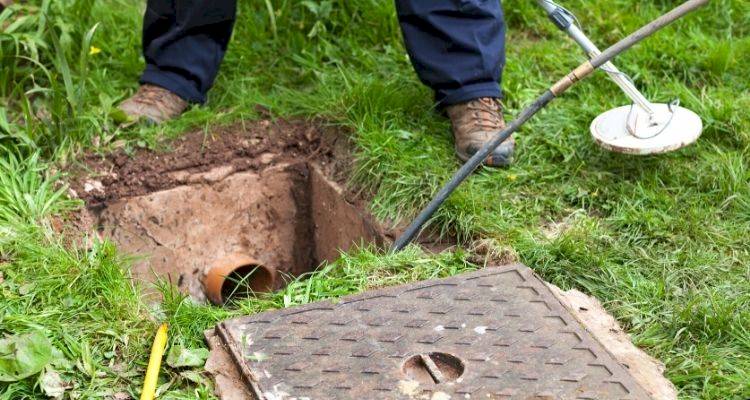Are you currently searching for help about How to handle a clogged drain in your home?

Introduction
Managing a blocked drain can be an aggravating experience, interrupting everyday tasks and potentially causing damages to your home. Nonetheless, prior to reaching out to plumbing professionals, there are steps you can require to deal with the concern yourself. In this guide, we'll discover do it yourself options and safety nets to deal with an obstructed drain successfully.
Identifying the Issue
The primary step in resolving an obstructed drain is acknowledging the indicators. Slow-moving water drainage, gurgling noises, foul odors originating from drains pipes, or water support up are common signs of an obstructed drain. Determining these indicators early can aid protect against even more issues.
Common Root Causes Of Obstructed Drainpipes
Comprehending the elements that contribute to drain pipes obstructions is necessary for reliable resolution. Typical wrongdoers include hair, soap residue, oil, food debris, and international things like hygienic items or paper towels. Tree origins attacking underground pipelines can also trigger significant clogs.
DIY Solutions
For minor obstructions, numerous do it yourself solutions can be effective. Putting boiling thin down the drain can help dissolve grease and debris. Sodium bicarbonate and vinegar or a blend of salt and baking soft drink can function as natural cleansers. Making use of a bettor or plumbing snake to remove blockages is one more choice.
Tools and Devices
Having the right tools accessible can make DIY drain cleaning much more effective. A bettor is a versatile device for removing clogs in sinks, toilets, and showers. A plumbing snake or auger can reach deeper clogs, while drainpipe cleaning chemicals can be made use of cautiously for persistent clogs.
Safety nets
To stay clear of future blockages, taking on safety nets is vital. Set up drain guards or strainers to catch hair and debris before they enter the pipes. On a regular basis flush drains with warm water to dissolve oil buildup, and stay clear of dealing with grease or strong waste down the drain.
When to Call a Professional
While DIY options can solve small blockages, certain indications show the requirement for specialist support. Consistent obstructions, foul odors regardless of cleaning up efforts, or multiple drains supporting at the same time are red flags that require skilled intervention.
Choosing the Right Pipes Solution
When choosing a pipes service, take into consideration factors such as experience, licensing, and customer testimonials. Choose a trustworthy plumbing technician with a track record of top quality handiwork and clear prices techniques.
Expense Factors to consider
The price of professional drain cleaning services can differ depending upon the extent of the obstruction and the plumbing technician's rates. Request quotes from numerous companies and inquire about any kind of service charges to ensure openness and stay clear of surprises.
Safety and security Measures
When attempting DIY drain cleansing, focus on safety. Put on protective gloves and glasses to prevent contact with harmful chemicals or germs. Never ever mix different drain cleansing products, as this can create harmful fumes.
Situation Researches
Real-life instances show the effectiveness of DIY options and the importance of timely expert treatment in fixing drain blockages.
Final thought
By adhering to the tips laid out in this overview, you can effectively deal with blocked drains pipes and prevent future plumbing issues. Whether opting for do it yourself remedies or seeking expert support, punctual action is key to keeping a healthy pipes system and maintaining the honesty of your home.
How to Clear a Clogged Drain Yourself (And When to Call In the Professionals)
What Can Clog a Drain
Dirt Skin flakes Hair Grease Soap scum Food Offset pipes Tree roots Small objects Mineral buildup DIY Tricks to Unclog a Drain
You can fix this! Once you have identified the source of the clog (or have a vague idea), you can try one or a combination of these fixes in order to clear your plumbing.
Wire Hanger or Snake
Untangle and clear out hair from a drainpipe with a homemade snake. Use a straightened-out wire hanger with a 90-degree angle hook to locate the clog and drag out any unwanted material.
Remember not to push the clog further down to where the wire hanger cannot reach! If you need to follow up with a plunger, give it a try. Your efforts might be more successful after it’s been wire-snaked.
If you want to get fancy and don’t have a wire hanger to spare, head to the store and pick up a hand-operated drain snake. You can get one for $10-$30. It may save you the hassle, and provide additional length to reach deep into the clogged pipe.
Plunger
A cup plunger has a suction cup attached to a wooden handle. The rubber creates a seal around the drain, and increases the pressure force of the plunger.
Plunge for 30-second increments to loosen the clog. This may need to be repeated over the course of 15-20 minutes. Once plunged, run the water to flush the remaining material out of the drain.
Remember– never use a plunger if you have used a chemical drain cleaner. These chemicals can splash up from the force of the plunger and cause serious injury or burns.
Boiling Water
Hot water can sometimes break up materials into a flushable amount. Dirt, grease, and soap buildup requires heat in order to unstick from surfaces.
Take your kitchen kettle and heat your water to a boil. Once it reaches a rolling boil, pour it directly down the drain into the blockage. Carefully follow with plunging, if necessary.
Don’t worry if this takes more than one try! It can often take multiple kettles and repeated plunging in order to clear a particularly stubborn clog.
Chemical Drain Cleaner
As a last resort, pick up a bottle of chemical drain cleaner. Drain-cleaning chemicals are potent, and not very good for the environment.
You may need to wear protective eyewear in gloves before handling your bottle of chemical drain cleaner. Follow the instructions printed on the bottle, and flush with water as soon as the instructions allow. Do not follow with plunging.
Baking Soda and Vinegar
As a safer alternative to chemical drain cleaner, baking soda and vinegar can create a chemical reaction that clears tough clogs.
Combine one cup of cleaning vinegar with one cup of boiling water, and set aside. Once you have done this, pour half a cup of baking soda down the drain. Give the baking thirty seconds to settle and cover a large portion of the problem drain.
Following the baking soda, pour down your vinegar and hot water solution. Once the vinegar and baking soda combine, the mixture will bubble and fix. Let this reaction fizzle in the drain for about an hour.
After an hour, follow with a kettle’s worth of hot water. The heat and liquid should flush out any remaining material.
When to Call a Plumber
If your DIY attempts haven’t cleared your clog drain, it’s time to call in a professional. It’s not worth losing access to your kitchen sink or high-traffic bathroom. A clog in a vital area can keep you from the things you’d rather be doing, and derail your routine.
Anytime a clog is causing water to spread is a time to call in a plumbing service. What starts out as a little bit of water can quickly grow into serious, expensive water damage.
Additionally, a serious clog can result in burst pipes or serious leaks. Make sure you know when to take it seriously!
https://myguysnow.com/how-to-clear-a-clogged-drain-yourself-and-when-to-call-in-the-professionals/

I found that blog posting about How to handle a clogged drain in your home when doing a search on the internet. Are you aware of somebody else who is excited about the topic? Please feel free to share it. Kudos for being here. Come back soon.
Call Today